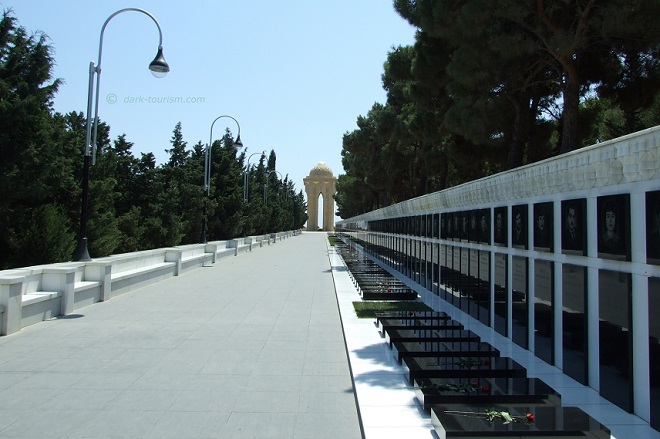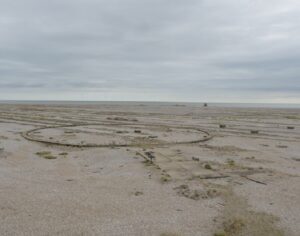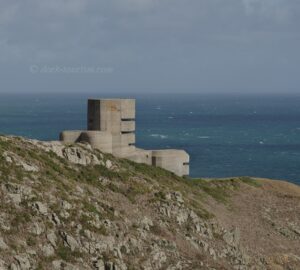This would have been my next post on my Facebook page for DT had that not suddenly been shut down (see here). I had already written the text, so instead of letting it, and the photo, “go to waste”, I’m (re)using it here.
This would have been the accompanying text (again with a little reference to the coronavirus crisis):
“… it occurred to me that many of my photos look like social distancing had been in place for much longer already. That’s because I try to avoid having other people in my photos, not always easy, but here it wasn’t so hard. It was an extremely hot day, well over 40º centigrade at midday, so not many people were out walking around in the open.
Martyrs’ Lane (“Şəhidlər Xiyabanı” in Azeri, transliterated usually as ‘Shahidlar Khiyabani’) is a monumental memorial complex and cemetery mostly for the victims of the clashes of protesters with the Soviet Red Army, sent in by Gorbachev in January 1990 to quell riots. This has since become known as “Black January”. Around 150 were killed, many hundreds injured.
The dead were the first to be interred here after the site had been reconstructed as a memorial again. The Soviets had levelled an earlier one here that commemorated victims of the Russian Civil War, including some British soldiers from a military unit sent in to prevent Baku from falling into the hands of the Bolsheviks. Obviously, that was not welcome in Moscow.
Later in the 1990s, some fallen soldiers from the Nagorno-Karabakh War with Armenia were also buried here.
The tall monument at the far end of Martyrs’ Lane features a large eternal flame and you get a good view of Baku and the Caspian Sea with its oil-rig installations from here.”
The photo, even though it looks like the 2020 lockdown, is actually relatively old, taken in 2010 on my great pan-Caucasus trip that started in Azerbaijan but also took me to Georgia, Armenia and to the unrecognized breakaway republic of Nagorno-Karabakh.
Azerbaijan’s capital city Baku was my first stop on that trip. I also used it as a base for day trips, e.g. to the bizarre mud volcanoes of Qobustan and around the Absheron peninsula. The city itself I found the most pleasant of the Caucasian capital cities, with its heady mix of old city walls, mosques and the odd Silk Road caravanserai, contrasting with stately mansions from the early oil industry boom era around the turn of the 20th century and current over-the-top construction projects involving garish LED light installations, and the continuing cult of personality revolving around the Aliyev dynasty of rulers.




